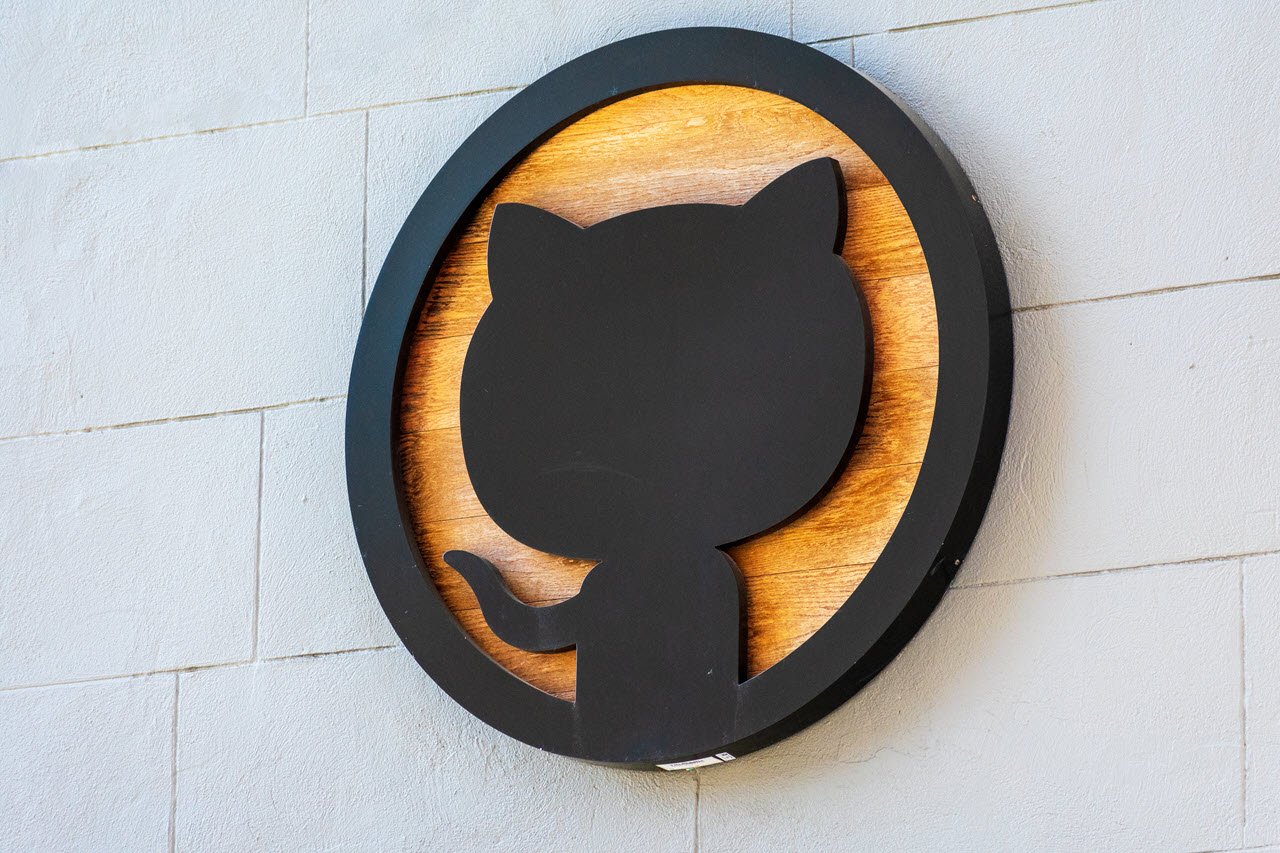If you ever have had to use two operating systems on a single machine, I bet you would have run into this question. Both ways have their complexities, procedures and advantages.
In this article, we break down both of them so you can make the right choice.
Dual Boot
As the name suggests, you install two operating systems on your hard drive and select one during machine boot. This approach, although a bit technical, offers the best performance.
The major advantage of this process is the advantage. Since you’re running the OS independently, the OS can maximise resource utilisation and you can push it to its full potential.
You do, however, have to deal with downloading bootable images which match your system’s architecture. Once acquired, you have to create a bootable pen drive or CD. Then install the OS while dealing with hard drive partitions.
This is the most complex part of all. One wrong click and you’ll end up messing up your existing installation and potentially losing pretty much all your data. You need to be sure of what you’re doing.
Once installed, you’re going to have to deal with drivers. There’s also a chance that installing drivers on one OS might mess up the device’s functioning on another. All in all, there’s a lot to do and keep track of.
You also have to keep in mind that when switching between OSs, you’re going to have to shut down one and then boot the another completely. If you have an SSD, you can get away with this, but with a mechanical drive, well, it’s a long wait.
But all this trouble does give you the best performance. There’s no emulation what so ever and every resource is dedicated to running that specific OS. On older PCs, dual boot is your only option.
Also read: Is partitioning your Hard Disk Drive (HDD) a good idea? Pros and Cons
Virtual Machine
A Virtual Machine (VM) is a software that can emulate an OS inside of your current OS. This is exceptionally convenient as switching between OSs is as simple as Alt+Tab. The setup is effortless as well. In a matter of a few clicks, you’re all up and ready to go.
All this convenience does come at a cost, though. Virtualisation requires a little bit of emulation. This means you need a strong PC to be able to run a VM properly.
Since the OS is being virtualised, your computer is sharing resources between the two OSs. You don’t get the maximum performance on either. So if you don’t have a powerful PC, well you can possibly crash your system.
The whole point here is convenience. If your PC can handle it, VM’s are an excellent way of experiencing another OS on your PC.
Which one should you choose?
If your PC is strong enough, and you only want to test out another OS or maybe need another OS for a specific software or two, a VM makes the most sense.
However, let’s imagine you’re a programmer with Windows as your primary OS. If you’re going to bury yourself into a three-hour coding session, you might as well boot into Linux and use it to its full potential.
It comes down to what purpose you have with the second OS, your technical knowledge and your computer’s performance.
Also read: What is Machine Learning? Is it different from Deep Learning and AI?





